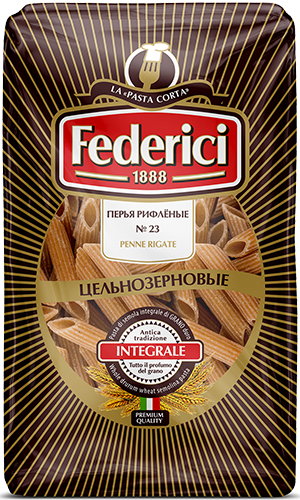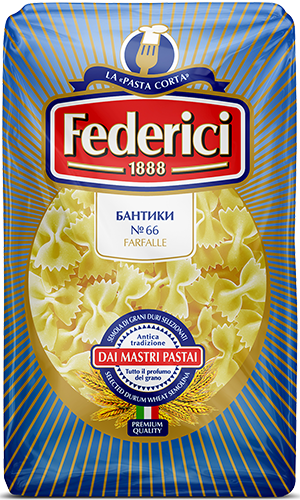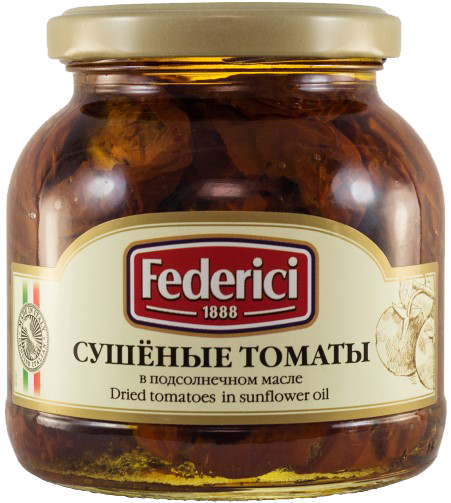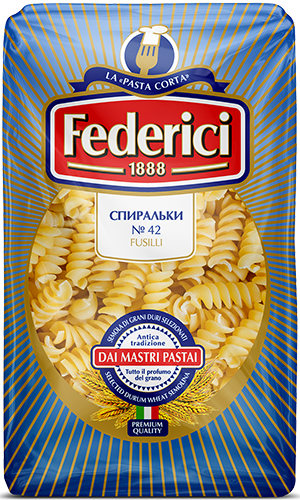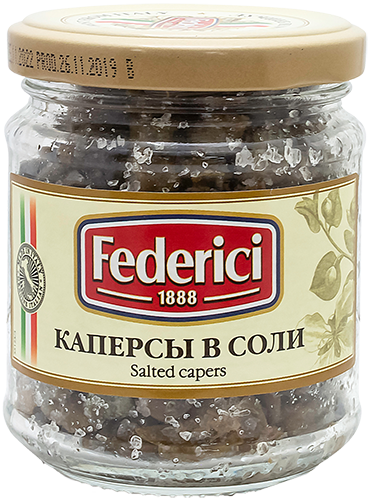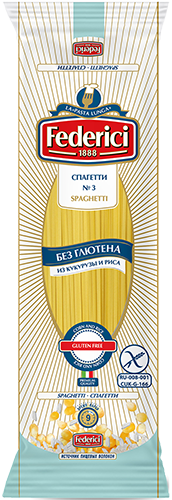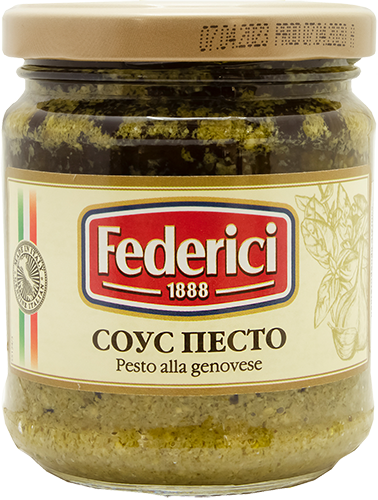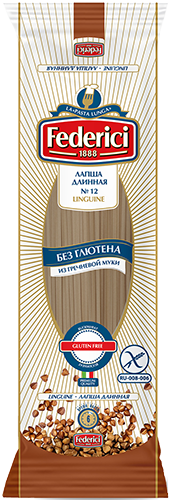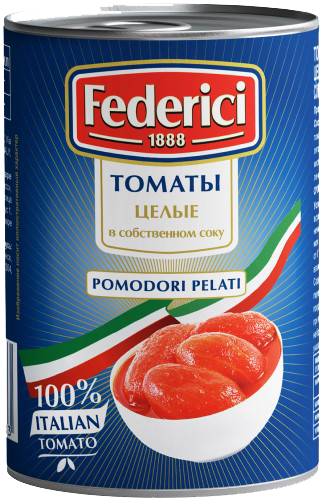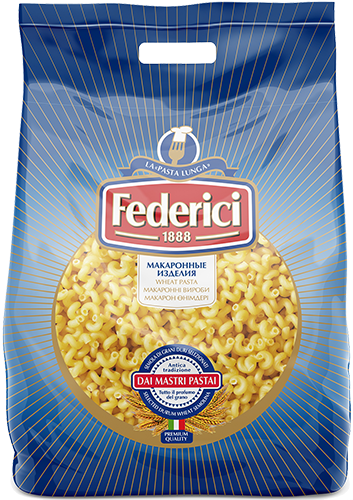


Whole-grain flour: the health benefits of its products
It has long been known that the health benefits of whole-grain flour stem from its high nutrient content and lower glycemic index, compared to flour produced using standard milling processes that primarily refine the grains.
What are the differences between whole-grain flour?
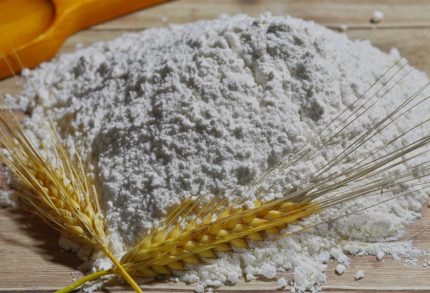
Before determining the health benefits of whole-grain flour, it’s important to understand the specific features of this product. These features lie in the technological nuances of its production. It is made from whole grains, including the outer husk and germ, unlike regular white flour, which is made from processed grains—those without the husk and germ.
In other words, the grain is milled with the bran and germ, which provides the final product with a richer composition and vitamin and mineral content, without increasing its calorie content. Thus, the benefit of whole-grain wheat flour or flour from other grains lies in the absence of the standard cleaning and polishing of the grain before milling.
Therefore, whole-grain flour itself and everything made from it are rich in plant fiber, vitamins (including B vitamins and vitamin E), iron, magnesium, other minerals, and antioxidants found in the bran and germ of the grain. These nutrients:
- Support healthy digestive and metabolic functions.
- Reduce the risk of cardiovascular disease and stabilize blood cholesterol levels.
- Regulate blood sugar levels, which is especially important for people with diabetes or those predisposed to it.
- They promote rapid satiety and reduce hunger, which helps maintain a healthy weight and is essential for appetite control. They benefit the immune system; in particular, antioxidants counteract all kinds of negative effects on cellular function and increase the body’s resistance to diseases, including cancer.
Because of the above, consuming whole grain flour is recommended as part of a healthy diet and can provide significant health benefits.
Types of Whole Grain Flour

Whole grain flour is produced from various types of cereal grains. Here are some examples of whole grain flour products:
- Whole grain wheat flour is the most common type. It can be milled in various degrees of fineness, from coarse to fine, and is used in various recipes for bread, cakes, cookies, and other baked goods.
- Rye flour, made from whole grain rye, has a distinctive aroma and flavor and is widely used in traditional bread baking, especially popular in Germany and Sweden.
- Whole grain barley flour has a distinctive sweet taste. Can be used in recipes for breads, porridges, and other dishes.
- Buckwheat flour, made from whole buckwheat kernels, has a unique nutty flavor. It is used to make bread, pancakes, cookies, and other dishes.
- Whole grain oat flour has a coarser texture and a rich oatmeal flavor. It can be used to make bread, buns, muffins, and other baked goods.
- Whole grain corn flour has a delicate, sweet flavor. It is used to make traditional dishes such as tortillas, flatbreads, pies, and cornbread.
Each type of flour has its own unique properties and flavor, allowing them to be used in a wide variety of recipes.
Whole-wheat flour is successfully used in a variety of culinary recipes, particularly in the baking of various types of bread, which has become popular not only among healthy lifestyle enthusiasts and those who value a balanced diet, but also among ordinary consumers of bread and rolls. The use of this flour depends on the type of flour, the dish, and individual preferences. Whole-wheat flour is used in baking rye, oat, wheat, and other breads. It imparts a deeper flavor, richer aroma, and nutritional properties to the product due to its high content of dietary fiber and other nutrients, without increasing the glycemic index of the dish.

Therefore, whole-wheat flour can be used:
- for making various types of pies, baked goods, cookies, muffins, and more. It imparts an interesting flavor and texture to baked goods, providing higher nutritional value.
- As an additive to pancake batter, crepes, and other dishes to enhance their flavor and nutritional value.
- As a thickener for soups, sauces, and other dishes, to give them a thicker texture, a unique flavor, and make them nutritious and healthy.
- For making pizza dough, which imparts a unique flavor and improves the nutritional value of the dish.
- For making healthy breads and other baked goods, popular among those who care about their figure and want to manage their weight.
Whole grain flour in cooking not only serves as a rich source of proteins, vitamins, carbohydrates, and other beneficial nutrients, but also imparts more complex flavor, texture, and nutritional properties to dishes.
Whole grain flour – benefits and harms
From a nutritional standpoint, whole grain flour alone is unlikely to cause specific harm. Rather, the source material, whose composition causes food allergies, can be harmful. In this case, both regular and whole grain products can be equally harmful. When it comes to cooking, using whole grain flour in recipes can alter the viscosity, texture, flavor, and color of the final dish. This is because whole grain flour has a denser, sometimes coarser texture, a darker color, and a richer flavor.
If you decide to substitute whole grain flour for regular flour, the results may not meet your expectations, especially in recipes that require a light, airy, or light-colored final dish. Experiment to find the optimal amount of whole grain flour. If you’re wondering which whole grain flour is healthier, it’s a very individual matter. All whole grain products are rich in fiber, vitamins, minerals, and antioxidants, but each type of flour may contain different amounts of specific nutrients. For example, whole grain wheat flour is rich in B vitamins, while whole grain oat flour contains more easily digestible fiber.
Given that each type of whole grain has its own distinctive flavor and texture, depending on the original grain, the nutty flavor of buckwheat or rye flour may not be to everyone’s taste. Some may prefer the more neutral flavor of wheat or oats. Whole-grain rye flour imparts a distinctive texture and aroma to bread and other baked goods, while whole-grain wheat flour is a more versatile choice for a wide range of recipes. Whether rye or other whole-grain flours are healthier is a personal decision, based on personal preference, body needs, and dietary preferences.
Our products
Мы стремимся предложить Вам наилучший сервис при работе с нашим сайтом. Для этого мы собираем и храним информацию о Вашем посещении сайта. Так называемые cookies. Файлы cookies не собирают и не хранят никакую личную информацию о Вас. Используя этот сайт, Вы даете согласие на использование cookies. На данном этапе Вы можете отказаться от использования cookies, настроив необходимые параметры в своем браузере.
